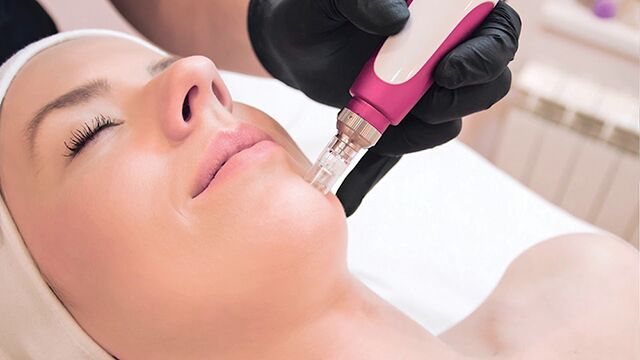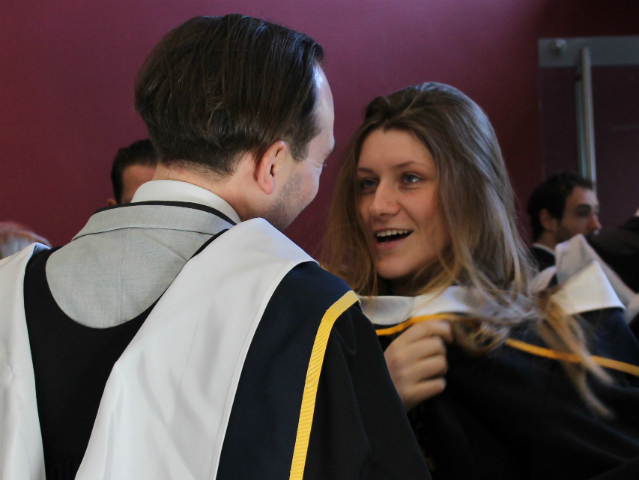
[dropcap]M[/dropcap]icrodermabrasion is a cosmetic procedure which gained popularity during the 1990s as a technique for encouraging the production of new skin cells.
The procedure targets skin conditions on the surface and just below the surface by eroding away the top layer of skin to uncover the skin cells underneath. It is carried out using a handheld device which sprays nontoxic aluminiumoxide or organic sodium bicarbonate crystals over the skin. It is typically used in facial treatments but can also be used on the neck, hands and chest, according to Medscape, a website which provides medical information for clinicians.
The concept of dermabrasion was first used by the Egyptians in 1500 BCE who would remove scars using sandpaper. It was in the early 1900s that the term ‘dermabrasion’ was first coined and the procedure was later developed during the 1950s when practitioners would use a device based on dental equipment to erode the skin. This required the use of local anaesthesia and carried a risk of complications such as excessive bleeding, infection and scarring, according to Medscape.
In 1985, two dermatologists Dr. Marini and Dr. Lo Brutto developed microdermabrasion which did not require any anaesthesia and recorded minimal complications, according to Medscape.
As microdermabrasion only affects the upper layers of skin, it is not a suitable treatment for conditions below the epidermis layer such as deeper wrinkles and scars, according to Medscape. However, a similar procedure called micro-needling can be used to treat deeper skin conditions.
Microneedling, also known as collagen induction therapy, is a cosmetic procedure which encourages skin to make new tissue by damaging the old tissue. It is used to reduce the appearance of acne scars and stretch marks and can also be used as an anti-ageing treatment, according to the health information website Healthline.
A fine-needle roller or pen device is used to create small holes in the top layer of the skin. As the skin heals, it produces collagen which fills in the holes giving the skin a smooth appearance, according to Cleveland Clinic which is an American academic medical centre.
“The rolling action creates tiny punctures in the skin’s surface. Firstly this is a huge positive in relation to penetration of ingredients. One of your skins main roles is protection; it is so good at protection that it often blocks cosmetic ingredients from penetrating. Micro-needling effectively creates tiny channels in the skins surface allowing active ingredients to drop easily into the deeper layers where we can achieve exceptional results. In fact micro-needling has been shown to increase penetration into the skin by up to 80%,” wrote Jeanne Brophy, a skin specialist who runs the Jeanne Brophy Facialist clinic in Dublin, on her blog.
The Laser and Skin Clinic located in Dublin 2 offer microdermabrasion and microneedling at prices between €90 and €250. Microdermabrasion starts at €90 for a solo treatment and costs €150 with the addition of a facial or collagen booster. Microneedling starts at €150 for a small area and costs €250 with the addition of a stem cell booster or mesotherapy which are additional anti-ageing treatments.
The Dublin Skin & Laser Clinic based in Tallaght is priced between €90 and €395. They offer a single session of medical grade microdermabrasion for €90 and a course of three sessions for €240. They offer a single session of microneedlingat €150 and a course of three sessions for €395.
Carrie McMullan
Image Credit: Youtube



